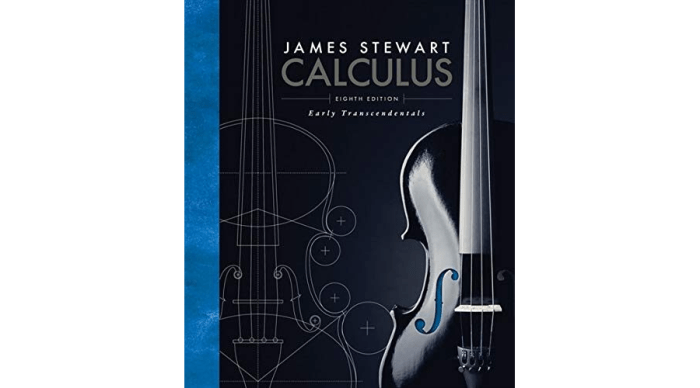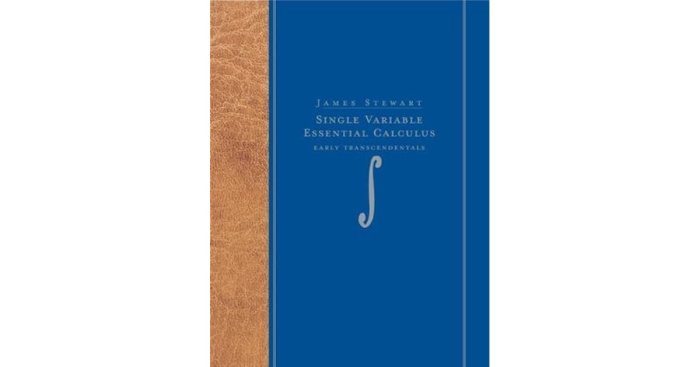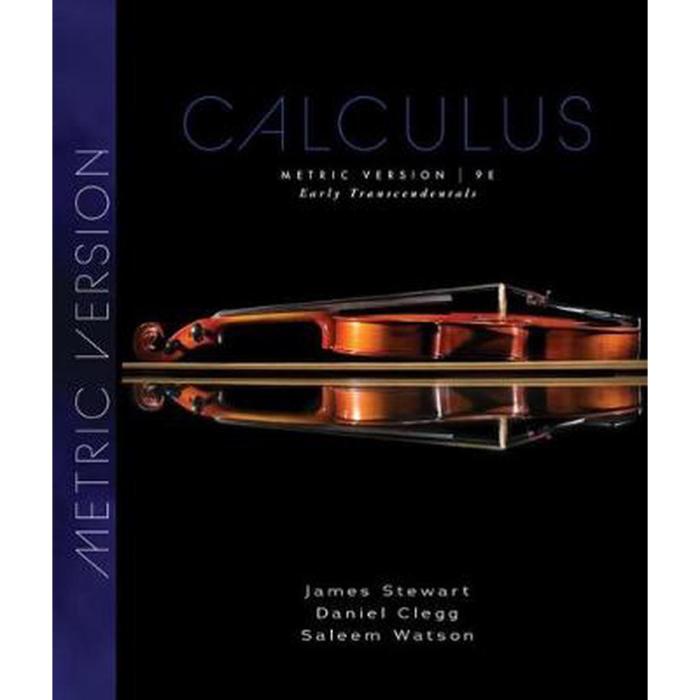James stewart essential calculus early transcendentals 2nd edition – James Stewart’s Essential Calculus: Early Transcendentals, 2nd Edition, is a comprehensive and engaging textbook that provides a thorough foundation in the fundamental concepts of calculus. Written by renowned mathematician James Stewart, this textbook is designed to make calculus accessible and understandable to students of all levels.
The second paragraph of the introduction should provide a more detailed overview of the book’s key features and intended audience. It should highlight the book’s strengths and explain how it differs from other calculus textbooks.
Book Overview

James Stewart’s Essential Calculus: Early Transcendentals, 2nd Edition, is a comprehensive textbook designed for students taking a first course in calculus. The book is written in a clear and concise style, with a focus on conceptual understanding and problem-solving skills.
The book is organized into 14 chapters, which cover the fundamental concepts of calculus, including limits, derivatives, integrals, and their applications.The book is intended for students with a solid foundation in algebra and trigonometry. It is also suitable for students who have had some exposure to calculus but need a more in-depth understanding of the subject.
Essential Calculus Concepts

The book covers the essential concepts of calculus, including:
- Limits: The concept of a limit is essential for understanding the derivative and integral. The book provides a thorough introduction to limits, including the limit laws and the squeeze theorem.
- Derivatives: The derivative is one of the most important concepts in calculus. The book provides a detailed explanation of the derivative, including the rules for differentiation and the applications of the derivative.
- Integrals: The integral is the inverse of the derivative. The book provides a thorough introduction to the integral, including the rules for integration and the applications of the integral.
Early Transcendentals Approach: James Stewart Essential Calculus Early Transcendentals 2nd Edition
The book uses the early transcendentals approach, which integrates transcendental functions (e.g., exponential, logarithmic, trigonometric functions) into the study of calculus. This approach allows students to see how calculus is used to solve problems in a variety of fields, including science, engineering, and economics.
Pedagogical Features
The book includes a number of pedagogical features to help students learn calculus. These features include:
- Examples: The book contains numerous examples that illustrate the concepts of calculus. These examples are worked out in detail, so that students can see how to apply the concepts to solve problems.
- Exercises: The book contains a large number of exercises, both routine and challenging. These exercises help students to practice the concepts of calculus and to develop their problem-solving skills.
- Technology integration: The book includes a number of technology integration features, such as online resources, simulations, and graphing calculators. These features help students to visualize the concepts of calculus and to explore the applications of calculus in a variety of fields.
Applications and Examples

The book contains numerous examples of how calculus is applied in a variety of fields, including:
- Science: Calculus is used to solve problems in physics, chemistry, and biology. For example, calculus can be used to model the motion of a projectile, the rate of a chemical reaction, or the growth of a population.
- Engineering: Calculus is used to solve problems in civil engineering, mechanical engineering, and electrical engineering. For example, calculus can be used to design bridges, engines, and circuits.
- Economics: Calculus is used to solve problems in microeconomics and macroeconomics. For example, calculus can be used to model the demand for a product, the supply of a product, or the growth of an economy.
Technology Integration
The book includes a number of technology integration features, such as:
- Online resources: The book’s website provides access to a number of online resources, such as video lectures, practice exercises, and interactive simulations. These resources help students to learn calculus in a variety of ways.
- Simulations: The book includes a number of simulations that allow students to visualize the concepts of calculus. These simulations help students to understand how calculus can be used to solve problems in a variety of fields.
- Graphing calculators: The book includes a number of graphing calculator exercises. These exercises help students to visualize the concepts of calculus and to explore the applications of calculus in a variety of fields.
Popular Questions
What are the key features of James Stewart’s Essential Calculus: Early Transcendentals, 2nd Edition?
The key features of James Stewart’s Essential Calculus: Early Transcendentals, 2nd Edition, include its clear explanations,丰富的examples, and engaging pedagogical features. The book is also well-organized and easy to navigate, making it an ideal choice for both students and instructors.
What is the intended audience for James Stewart’s Essential Calculus: Early Transcendentals, 2nd Edition?
James Stewart’s Essential Calculus: Early Transcendentals, 2nd Edition, is intended for students who are taking a first course in calculus. The book is also suitable for students who are looking to review or refresh their knowledge of calculus.
How does James Stewart’s Essential Calculus: Early Transcendentals, 2nd Edition, differ from other calculus textbooks?
James Stewart’s Essential Calculus: Early Transcendentals, 2nd Edition, differs from other calculus textbooks in its clear explanations,丰富的examples, and engaging pedagogical features. The book is also well-organized and easy to navigate, making it an ideal choice for both students and instructors.